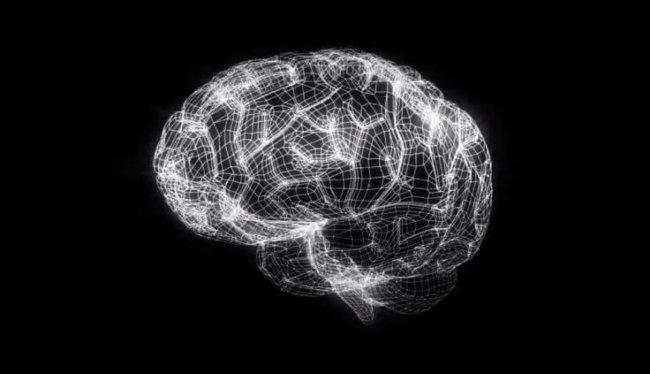- Get link
- X
- Other Apps

A new generation of prosthetic limbs, controlled by the power of thought, is approaching - the researchers have created a “self-learning” robotic arm. The device can be used by paralyzed people who find it difficult to find a common language with the roboprostheses currently on the market.
Man-machine interfaces that are used in prosthetics spend too much time transmitting the correct signal from the user to the artificial limb when performing the tasks. New development allows the device to understand at a glance the user's intentions to perform complex movements.
The research team from the Federal Polytechnic School of Lausanne (Swiss Federal Institute of Technology, EPFL) has developed a new method of using misalignment signals from the brain, which occur when the prosthesis fails to perform the required action.
We hope that this approach will find a key application in the next-generation human-machine interfaces. The prosthesis will be able to work even without clear instructions, the scientists said.
The results of the study were published in the journal Nature Scientific Reports. Its participants controlled the manipulator from a distance of two meters. The artificial hand memorized the correct movements and imitated the natural process of control.
The article is based on materials .
- Get link
- X
- Other Apps
Comments
Post a Comment